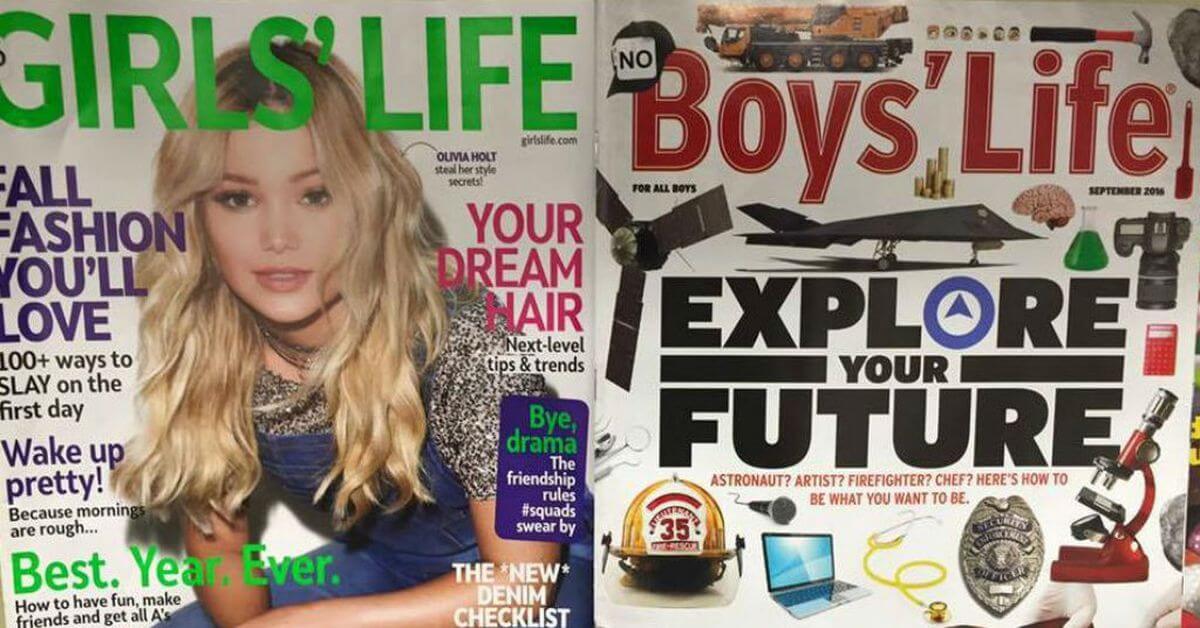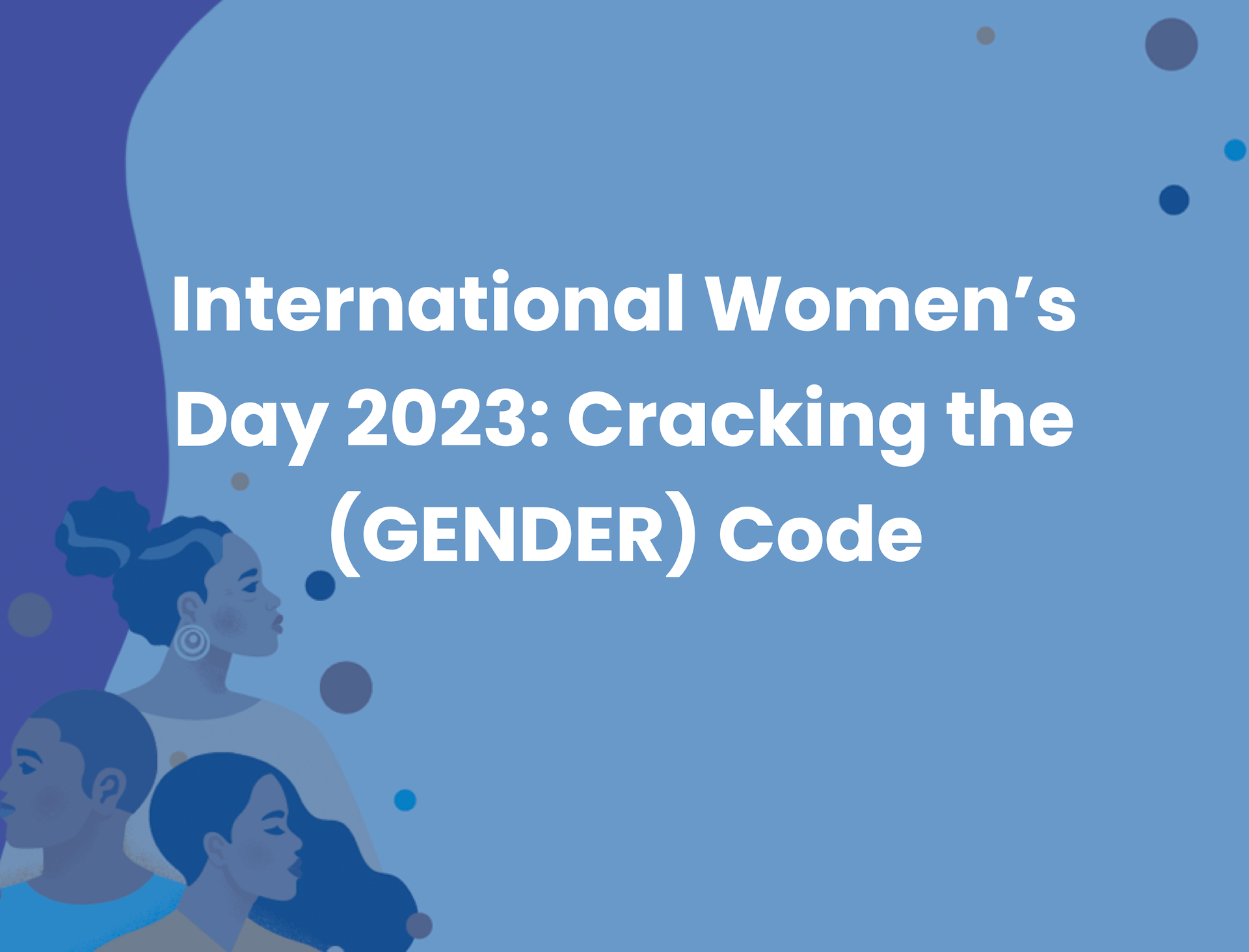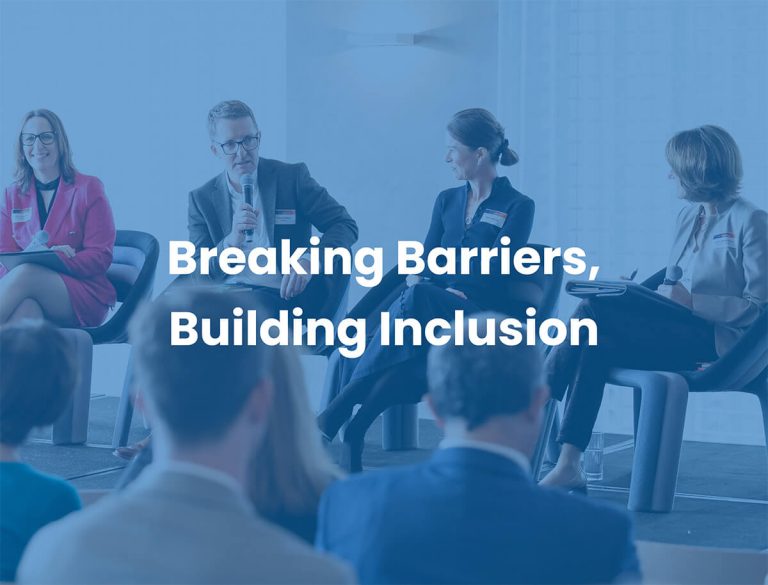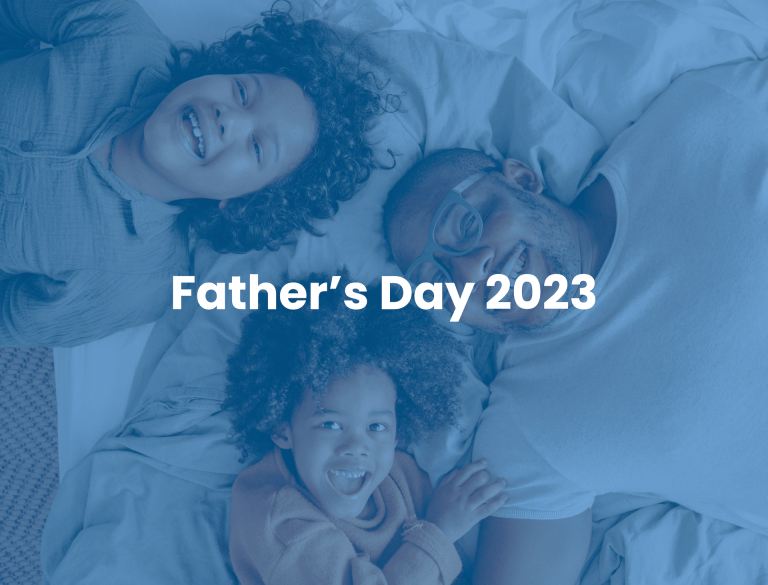International Women’s Day (IWD) 2023: Cracking the (GENDER) Code
Yes, I’m taking liberties with this year’s IWD theme: Cracking the Code: Innovation for a gender equal future. Not because I’m averse to new ideas to solving an age-old problem. Only because, after a decade of working with corporate men, I firmly believe that gender inequity will persist until we address root cause: gender bias – upheld and perpetuated by traditional gender norms.
Bias of any sort is largely shaped by our social conditioning – the associations we make based on the messages we absorb, consciously and unconsciously, during our formative years. Some of these are lifesaving – we see a fire, we run. Others are outdated, harmful, even discriminatory.
Globally, almost 90% of people are biased against women, according to the first gender social norm index. Close to half feel men are better suited to politics and more than 40% believe men make better business leaders.
Gender bias: Unpacking the Source
Whilst disturbing, these results are not surprising. The source of gender bias is all around us. From examples in ancient religious texts, classical philosophy and evolutionary biology –
- “A wife’s desire shall be for her husband, and he shall rule over her” Genesis 2:23
- “The female is a female by virtue of a certain lack of qualities.” Aristotle
- “The chief distinction in the intellectual powers of the two sexes is shewn by man attaining to a higher eminence in whatever he takes up than woman can attain…” Darwin
– to contemporary portrayals of girls in the media:

Note the headlines in Girls’ Life – Fall fashion You’ll Love, Your Dream Hair, My First Kiss vs Boys’ Life – Explore your Future with images suggesting a plethora of future opportunities. ‘Boys are raised to be instrumental, girls, ornamental.’ The phrase highlights the media’s contribution to outdated stereotypes that undermine girls’ aspirations and confidence (by the age of six, girls begin to question their ability relative to boys) and influence boys’ perceptions of girls. When I ask men what message these online magazines send to their ‘tween’-aged sons, the replies are aligned, “girls aren’t very interesting, smart or worth my time.” It’s an ‘aha’ moment for those who have heard from their female colleagues that their opinions are overlooked or ascribed to others in meetings, or that unwelcome comments about how they look, or dress are still common.
As girls mature, misrepresentation turns to underrepresentation. An analysis of mainstream media in Australia revealed women are quoted much less frequently than men, and male journalists are less likely to quote women in their stories, leading to what author Mary Ann Seighart refers to as ‘the authority gap’ in her book of the same name. Men are seen as more credible by virtue of their overrepresentation in all forms of media – from news to arts and culture coverage.
Women are well aware of the impact the historical and contemporary undervaluing and invisibility of girls and women has over the lifecycle:
Girls:
- do more weekly chores yet are paid less than boys
- are less likely to pursue STEM careers and still encouraged to pursue professions in feminised (underpaid) industries
Women:
- are paid less than their male counterparts – beginning with starting salary
- are more likely to experience sexual harassment at work
- are less likely to be sponsored and more likely to be evaluated based on performance and personality vs performance and potential – both of which leads to underrepresentation at the leadership level
- are expected to sacrifice career once children are born
- often experience pregnancy discrimination – before, during or post-leave
- end up with a significant superannuation gap attributed to (unpaid) career breaks
- represent the fastest-growing segment of the homelessness population
But what about men? How many are cognisant of the deeply entrenched sources of sexism and gender bias in our culture? Not the outcomes that appear in the daily news but the underlying contributors. And how many of us choose to share this with our partners, our male friends or colleagues? Not from a place of anger or rage (even if the collective experience of women would justify it), but from a place of wanting to bring men in, to identify those who, once aware, are committed to proactively supporting gender equality. Contemporary research reveals that men who have a sense of fair play, who’ve had female mentors, and who don’t subscribe to rigid masculine norms are most likely to engage. My own work supports that.
Making the Invisible Visible
Inviting men in to consider their formative influences, from a place of curiosity over judgement, surfaces honest, often vulnerable insights: “Dad was the sole breadwinner…he got more respect than mum” or, “I realise now how demeaning the locker room banter was at my all-boys’ school – I never stopped to think how it could have shaped our attitudes or behaviours towards women.”
When asked to reflect on the experiences of their female colleagues – from enduring inappropriate comments to being left out of client meetings – the initial response is silence. When followed up with, “How would it make you feel?” common responses include ‘undervalued, disrespected, like I don’t belong, like I want to leave.’
In recent years, women have begun to share their stories and the impact exclusionary behaviour has on themselves and their careers. It’s helped to build empathy, understanding and support. The next step is ramping up awareness of, and intervening at the source of these behaviours that serve neither women nor men. The highest cause of death amongst men is suicide, in part attributed to outdated norms pressuring men to ‘provide and protect’. It robs them of better mental and physical health while denying women equal opportunity to progress their careers.
Addressing the source: Overcoming outdated gender norms
Late last year, Deloitte Access Economics published Breaking the Norm, a synthesis of contemporary research highlighting gendered norms as the “core driving factor behind the difference in outcomes between men and women today.” Women still do the lion’s share of unpaid and undervalued caregiving and domestic chores and men face stigma and often isolation when accessing equal parental leave. This despite the fact that the majority of Australians believe parenting should be shared equally and millennial dads consider childcare and parental leave a much higher priority than their baby boomer colleagues.
Accelerating change in one generation
Recognising the shift in societal attitudes, we could all contribute to accelerating change in just one generation by:
–speaking openly about the source of gender bias in our culture and the role that gender norms play in perpetuating it
–ensuring the 2023 federal parental leave reform provides equal and adequate leave for both parents (speak to your federal MP)
–encouraging employers to provide non-gendered, paid parental leave. Support and normalise fathers accessing leave to overcome barriers such as career progression fears
–ending single sex schooling – in years of running Inclusion workshops with corporate men, there’s not one where we haven’t heard, “If you want to accelerate gender equality in Australia, end single sex schools.” ‘Mateship’ is part of the Australian ethos. In 2023, it’s time to ensure it includes women. And that means exposure to all genders where we live, learn, work and play.







